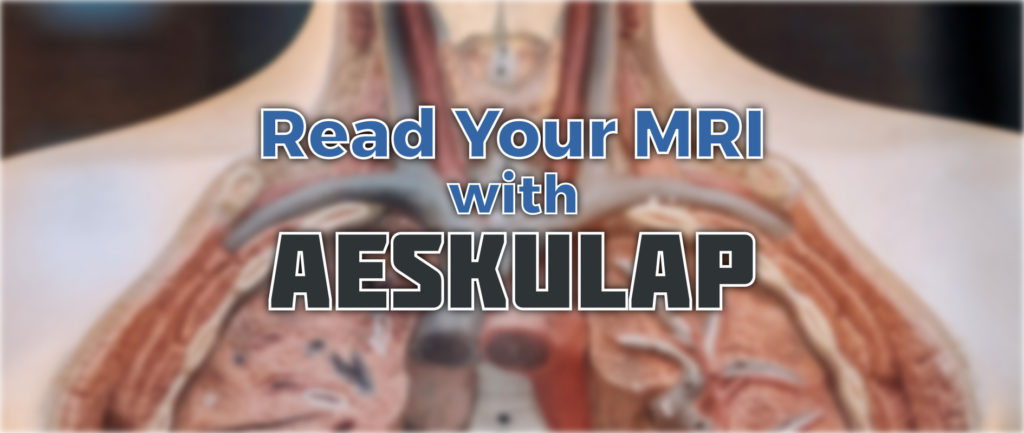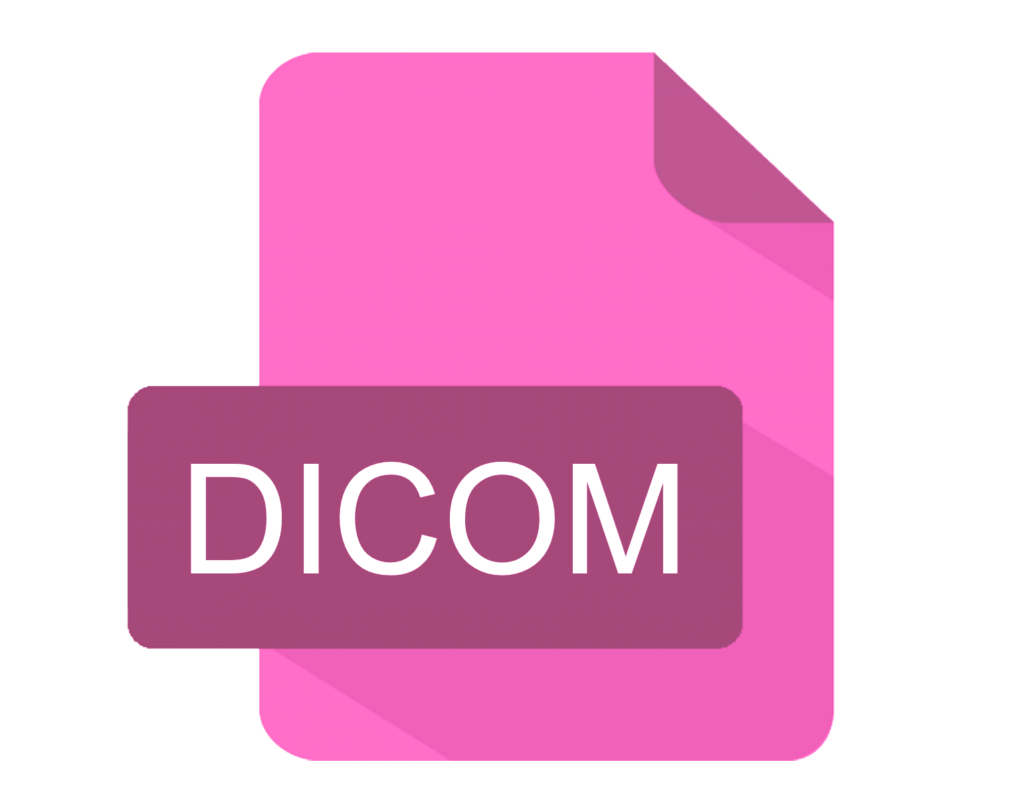The Linux community can now rejoice as the much-anticipated DICOM viewer for Linux has finally been released. This new application gives Linux users access to a powerful medical imaging tool that was previously unavailable on Linux devices.
With the help of this new DICOM viewer for Linux, medical professionals can quickly and easily view and analyze it.
DICOM images with ease, allowing them to make more informed decisions about patient care. This open-source software is sure to revolutionize the way medical professionals interact with data and images, making it easier than ever before to provide quality care.
6 Ways To Convert DICOM Files On Linux
dcm4che
The dcm4che is a collection of robust and empowering open-source applications and utilities designed to provide a convenient platform for managing clinical image assets.
This JAVA-based medical imaging software runs entirely within a web browser – providing an intuitive interface that is highly accessible yet powerful and flexible in its use.
In addition, the dcm4chee utility of this library offers an efficient means for managing, storing, safeguarding as well as retrieving critical medical records.
Aeskulap
The most popular Linux DICOM viewer for medical professionals, Aeskulap is undeniably an impressive piece of software. It allows users to import a series of medical documents for analysis and retrieval.

On the plus side, this open-source program can query PAC systems over a network to fetch any relevant files, making it highly useful in healthcare settings.
The GNU GPL-compliant software also provides developers with ample scope to modify the application as per their requirements
kradview
kradview is a professional medical imaging software for Linux-based systems that enables healthcare professionals to access and examine radiological documents from X-ray, NMR, and all DICOM-compatible imaging devices.
It’s effortless to use – both in terms of installation as well as operation – as it comes with the most accessible and user-friendly Linux DICOM viewers available, providing instant results irrespective of image size or dimension.
This complete platform for radiological image analysis should be considered by anyone seeking fast, effective solutions for viewing images loaded with metadata such as XRDF data!
3D Slicer
3D Slicer is an indispensable resource for physicians and healthcare professionals to conduct their medical analyses expeditiously.
This advanced image analysis software for Linux boasts a feature-rich image informatics system, robust image processing capabilities, as well as the capacity to visualize data from DICOM files with three-dimensional representations of medical information.
It should be noted that this formidable Linux DICOM viewer provides users with unparalleled access to analyze images from any document and offer advanced algorithms for diffusion tensor imaging.
DICOMBrowser
The formidable DICOMBrowser is one of the most powerful Linux-based viewers for medical imaging files.
Offering numerous features and accessible tools, this state-of-the-art software is developed by Washington University researchers in Neuroinformatics.
With a simple interface, users can quickly examine metadata without delay – an excellent result when it comes to biomedical exploration!
Mango
Mango (Multi-image Analysis GUI) is an advanced and unparalleled medical imaging tool for Linux, which comes with a plethora of powerful image analytics features that aid physicians in their work.
Its minimal yet intuitive user interface allows users to navigate even large volumes of images without any difficulty; upon starting, the program displays a menu comprising options such as opening images, configuring settings, obtaining assistance, or selecting windows–all within seconds!
Final Say
By proceeding with these steps, you will be able to transcode DICOM files into viewable formats on a Linux system.


